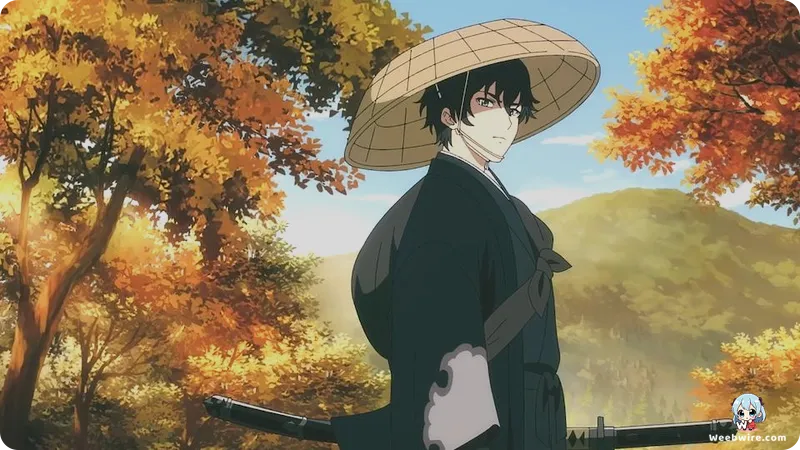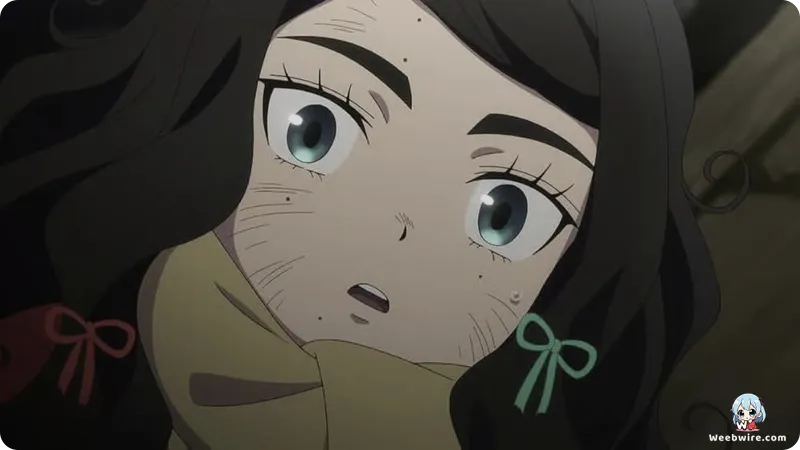Blue Exorcist: Unveiling the Supernatural Saga's Enduring Evolution and Artistic Legacy

For over a decade, the acclaimed Blue Exorcist series has captivated global audiences, establishing itself as a cornerstone of supernatural action. Its distinctive blend of intense demonic conflicts, profound character drama, and relatable daily life scenarios continues to draw in both long-time devotees and new viewers. While recent additions like Blue Exorcist -Shimane Illuminati Saga- showcase the series' expanding narrative, there are compelling, often overlooked aspects that highlight the depth and enduring appeal of this remarkable franchise.
The Anime's Unique Path and Return to Canon
One of the most significant narratives behind the anime's journey is the striking divergence of its inaugural season's conclusion from Kazue Kato's original manga. The 2011 anime adaptation opted for a unique, self-contained ending, a common practice at the time to prevent an ongoing manga from being overtaken by its animated counterpart. This creative decision meant that the initial anime's resolution for Rin Okumura, his twin brother Yukio, and the fate of their demonic progenitor, Satan, was entirely distinct from the source material.
This divergence, however, presented a complex challenge for subsequent adaptations. When the series made its triumphant return with Blue Exorcist: Kyoto Saga in 2017, the production team skillfully navigated this continuity gap. The Kyoto Saga effectively retconned the original anime's ending, resuming the story precisely from where the first season had deviated in manga volume five, chapter 15. This strategic pivot ensured that all subsequent seasons, including the recent Blue Exorcist -Shimane Illuminati Saga-, could faithfully adapt the manga's intricate plotlines, offering a seamless narrative experience for fans transitioning between mediums. It stands as a powerful testament to the unwavering commitment of the production committee and animation studios, including Studio VOLN for Shimane Illuminati Saga, to honor Kazue Kato's original, visionary storytelling.
Kazue Kato's Artistic Mastery and Character Depth
Kazue Kato herself is celebrated for her exceptional artistic vision and meticulous attention to detail. Her distinctive character designs, particularly the expressive eyes and dynamic poses, breathe life into every action sequence. Beyond the visual mastery, her storytelling prowess shines through in her ability to expertly balance high-stakes supernatural battles with profound emotional depth. Characters such as Rin and Yukio are far from mere archetypes; they are complex individuals grappling with their identities, immense responsibilities, and the heavy burden of their demonic heritage.

Rin, despite his fiery nature as the son of Satan, embodies fierce loyalty and an unwavering resolve to protect his loved ones, often concealing his vulnerabilities beneath a hot-headed exterior. Yukio, in contrast, projects an image of composure and capability, yet beneath this calm facade lies a simmering internal conflict and a surprising degree of pressure, making him a character of remarkable depth.
A Rich and Expansive World
The world of Blue Exorcist is equally captivating. The parallel existence of Assiah (the human realm) and Gehenna (the demon realm), with demons crossing over by possessing humans, provides a rich, expansive backdrop for the narrative. True Cross Academy, functioning as both a conventional school and a covert exorcist training institution, serves as a compelling setting where students master diverse skills from wielding demon-slaying blades as Knights to chanting holy scriptures as Arias or taming formidable demons. The intricate hierarchies of both the exorcist order and the demon realm introduce layers of political intrigue and lore, contributing to a truly lived-in and dynamic world. Observant fans also appreciate the subtle allusions to real-world folklore and mythology woven into the demon designs and their unique abilities.
Enduring Legacy and Collaborative Spirit
The series' remarkable longevity further underscores its enduring appeal. The Blue Exorcist manga, which began serialization in Jump Square in 2009, has continuously captivated readers for well over a decade. This extensive run has facilitated deep character development and the exploration of complex themes, including prejudice, the unbreakable bonds of family, and the nuanced nature of good versus evil. The manga's deliberate pacing, at times incorporating short breaks by Kazue Kato, is understood by fans as a testament to her dedication to maintaining artistic quality and preventing creative burnout. This unwavering commitment ensures that each chapter and arc is meticulously crafted, contributing to the series' consistent excellence and its ability to sustain a passionate global following for so many years. The strategic transition of animation studios across different arcs, from A-1 Pictures for the initial seasons to Studio VOLN for Blue Exorcist -Shimane Illuminati Saga-, further exemplifies the collaborative spirit essential in bringing such a long-running series to life. Each studio contributes its unique artistic touch while diligently preserving the franchise's established visual identity. This steadfast commitment to the source material and the continuous evolution of its characters and world are paramount to why Blue Exorcist remains a critically acclaimed and profoundly beloved series within the anime and manga community.
Credits
Blue Exorcist -Shimane Illuminati Saga-
Author
Kazue Kato
Cover Art
Kazue Kato
Studio
Aniplex
Publisher
Shueisha
Producers





